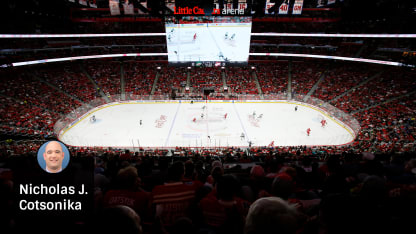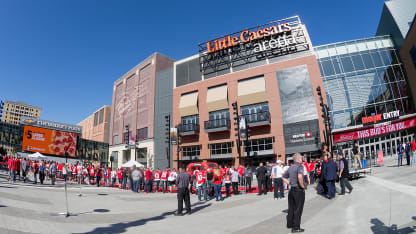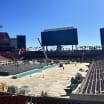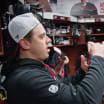Did we mention the seven clubs, the four restaurants, the historical displays, the artwork, the outdoor plaza, the beer garden, the practice facility, the 25,000-square-foot locker room and the 5,100-square-foot center-hung scoreboard? The place cost $863 million.
The challenge usually is to bring the fans out of their seats. Here, with so much to explore and so many places to hang out, the challenge might be to keep them in their seats. If there was a negative, it was that even though the crowd was announced at 19,515 and the seats were essentially full in the first period, some were empty in the second and third.
But the original purpose of Little Caesars Arena was to be the home of the Red Wings, and it was designed first and foremost for watching hockey.
The designers asked general manager Ken Holland for the most intimidating place to play in the NHL. He said Bell Centre, home of the Montreal Canadiens, because of the steep seats. They asked TV broadcasters Ken Daniels and Mickey Redmond for the best place to call a game. Both said Bell Centre, because of the media gondolas hanging over the seats close to the ice.
So the designers created a large lower bowl, two levels of suites stacked on top of that, an upper deck stacked on top of that and gondolas hanging over it all. They created entry portals that blocked outside light. They added the LED grid, which makes the ceiling seem lower than it really is. As open as the concourse is, the bowl is tight.



















